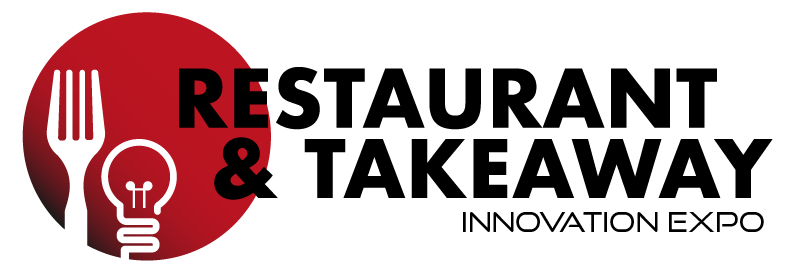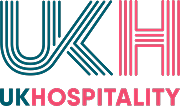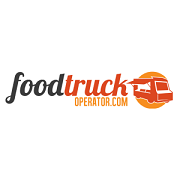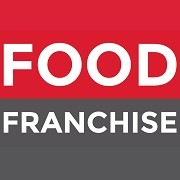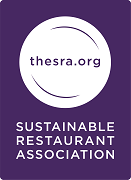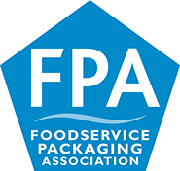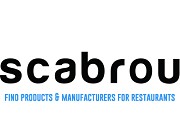How do the new consumption habits influence meal delivery?
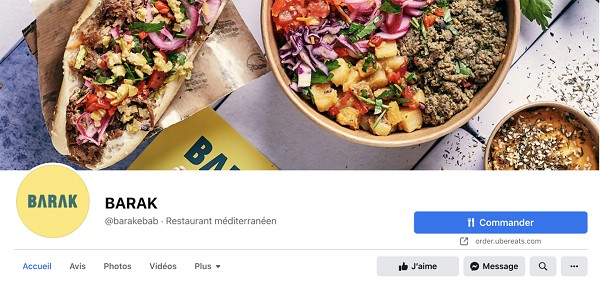
Did you know that an average of 3 food orders are placed every second in France? A significant figure proving that meal delivery in France remains a high-potential market, especially with the sanitation restrictions and restaurant closures of the last few months.
A recent survey indicated that more than a quarter of French people (28%) will continue to order take-away and have it delivered once the sanitary restrictions are lifted.
Restaurants need to adapt to these new consumer habits and include these trends - new or not so new - in their order taking and delivery processes.
Here is an overview of these new consumer habits and their impact on the delivery market.
Delivery: The Digital Takeover
If there is one new consumer habit that has become fashionable in recent years, it is the act of buying and the way French consumers order their meals. If in the 2000s, the telephone was the essential tool for ordering, the 2010s have turned consumer habits upside down: the arrival of the smartphone has enabled French people to order with a click on the restaurant's website or via delivery platforms.
Other major developments of delivery platforms, influenced by new consumer expectations is the geo-localization of current data. The need to track orders instantaneously has led to online ordering platforms and sites to invest in more advanced tracking technologies in order to reassure their customers.
The days when the delivery platform and the delivery man passed the keys have now ended. Now you know exactly when the order is coming and where it is currently located!
Want to give your opinion?
It has been observed that consumer reviews have influenced the way restaurants and delivery platforms deal with customer feedback. A customer is not satisfied? They can let it be known in one click on the delivery platform of their choosing. A delivery platform like Deliveroo allows users who have placed an order to rate their experience on a scale of 1 to 5. The reviews play a key role in the ranking of restaurants on the platform, order ratings are one of the criteria used by Deliveroo to rank its restaurants on their delivery platform.
This new habit of "consuming and evaluating" has the effect of influencing the delivery process in the right direction: Was the delivery very late? Was the delivery person unfriendly? You can be sure that the online ordering site or platform will take these remarks into account - or else they will lose you!
Delivering the wrong order: a costly misstep
Not a pleasant experience: you order buckwheat risotto, only to see a cabbage-based kimchi arrive on your doorstep.
With the advanced use of social networks, used by a growing number of Millennials, and less and less margin for error (on pain of going to the competition), it is not surprising that restaurant owners and delivery platforms have been forced to adapt.
Especially since delivering the wrong order can have an impact on the rating and therefore ultimately on the ranking of your establishment on delivery platforms: be careful not to make a mistake!
Receiving the right order is one of the key criteria claimed by consumers in the online ordering process.
One of the causes of these order errors is the manual processing of the order: the order from the delivery platform arrives, the staff member prints the ticket or notes the order manually and takes it to the kitchen.
To remove the risk of error associated with these manual orders, integrating delivery platforms with your checkout system is essential for your restaurant. With a solution like Deliverect, all orders from delivery platforms are sent automatically to the kitchen and centralized on your checkout system - ensuring the customer receives what they ordered.
The fight against food waste: a growing consumer awareness
In addition to the obvious ecological impact (according to a study by the Boston Consulting Group, food waste alone contributes to 14% of greenhouse gas emissions), reducing food waste when you are a restaurant owner has a positive impact on your finances: it has been proven that every euro a restaurant invests in reducing food waste saves an average of 7 euros - a nice return on investment!
What's more, consumers' new expectations in terms of delivery and respect for food are forcing restaurateurs to adapt to this new mode of consumption: more than a third of French people say they watch the ecological and environmental actions of brands.
Biodegradable take-away boxes, use of unused leftovers, recycling of plastic packaging or deposit systems: this awareness and the new behaviors adopted by consumers at home are pushing the food delivery industry and restaurants to improve their delivery process - from deposits to packaging.
Online ordering: convenience and simplicity
At a time when more than 50% of delivery app users are between 25 and 44 years old, the use of chatbots and social networks for ordering food is not slowing down.
The democratization of artificial intelligence has allowed online ordering sites and delivery platforms to automate the delivery process at a lower cost: the Just Eat platform allows customers to order orally via a feature built into the application. Many small restaurants and larger chains are taking advantage of the popularity of a platform like Facebook to implement virtual assistants or chatbots: Domino's Pizza has created a chatbot on Facebook Messenger that allows their customers to order via emojis.
Without going that far, smaller restaurants have taken advantage of the integration of delivery platforms with the most popular social networks, such as Facebook and Instagram, to adapt to the new ordering habits of their customers: the restaurant Barak offers its subscribers the possibility to order its delicious shawarmas and other Mediterranean specialities on Uber Eats via its Facebook page.
Tech giants Amazon and Google have recently jumped into the fray: users can voice-order their favourite dishes at their fingertips via the Google Assistant or Alexa.
Don't be afraid to go digital
With the meal delivery market expected to grow by more than 25% per year between 2018 and 2022, mastering and adapting to new consumer habits is becoming a key issue for catering establishments. Don't miss the bus and start adopting good delivery and order-taking practices now.





